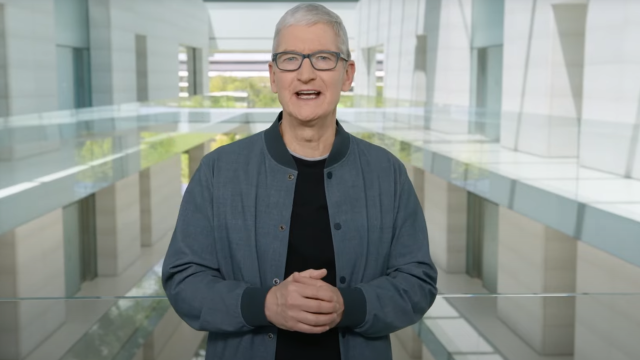Apple’s Worldwide Developer Conference, better known as WWDC, is in full swing. But the major announcements were already revealed during the keynote presentation earlier this week.
For Apple fans, the showcase was a good one. Major updates were revealed for iOS, macOS, and watchOS, and a pair of MacBooks debuted running on a new custom processor. We even got a peek at next-generation CarPlay, long-overdue additions to the Mail app, and a look at the Weather app on iPad.
There is a lot to digest and plenty of things to look forward to later this year and into 2023. However, this wasn’t the game-changing “One more thing” moment some had anticipated, and not everything revealed at the developer conference was a complete knockout. Here are our seven biggest disappointments from WWDC 2022.
The AR wait continues
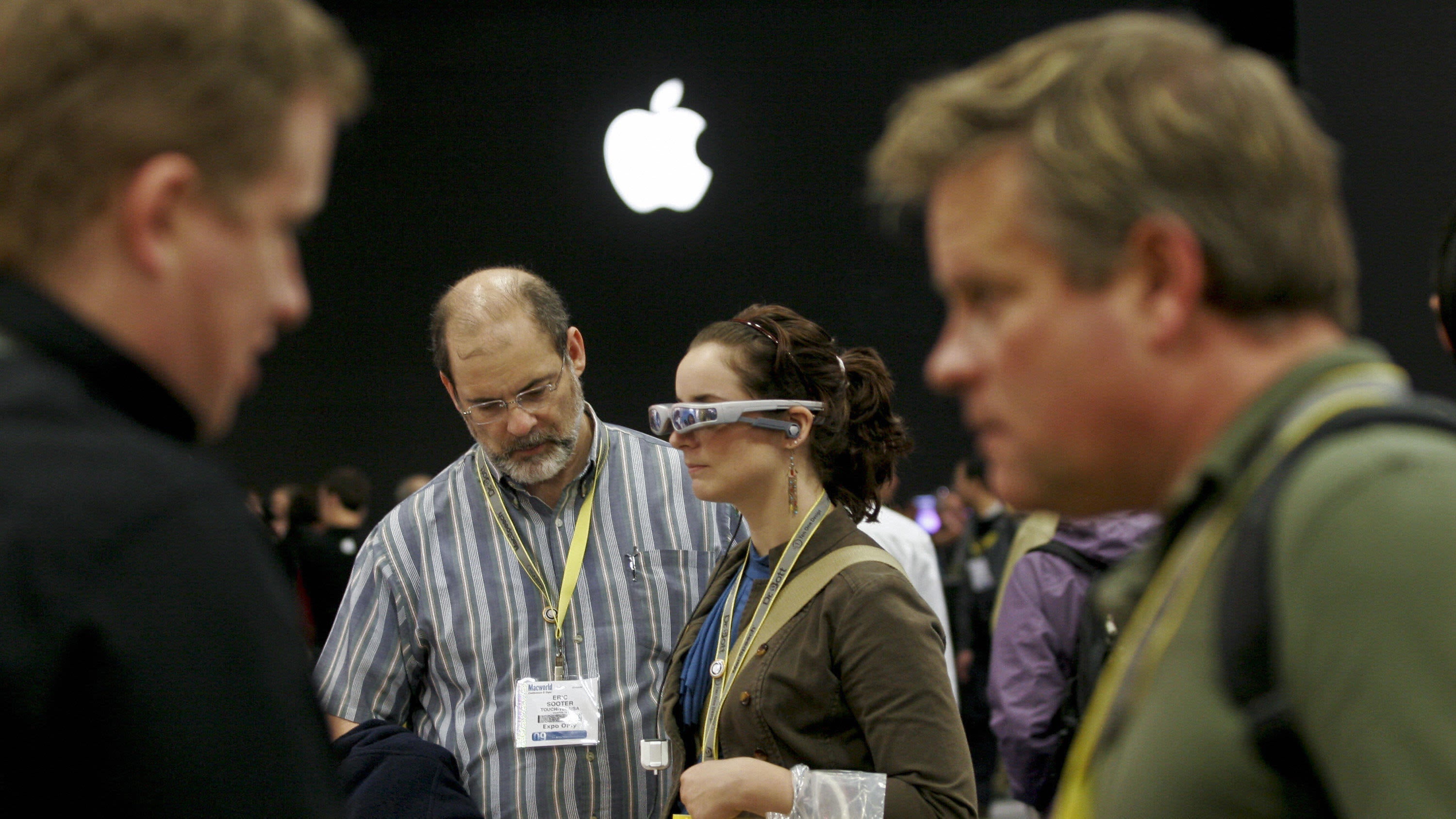
Apple CEO Tim Cook believes augmented reality is the future. We know this because, for the past few years, he hasn’t stopped talking about the potential of this nacent technology. He didn’t, however, even mention it during WWDC despite multiple reports suggesting Apple might use the event as a springboard for its upcoming headset.
We weren’t expecting hardware — that will arrive later this year or in 2023 — but some mention of the rumoured realityOS software platform was on the table. After all, Apple needs to drum up hype to get developers to quickly create and port apps over to the new environment. It did so successfully with its custom M1 chips, which it revealed long before any ARM-touting MacBooks arrived.
That’s not to say there weren’t any subtle hints at what Apple is planning. New features to iOS, macOS, or iPadOS are ripe for being integrated into AR platforms. Take, for example, the additional 3D map views in Apple Maps, or the improved Live Text in iOS. It’s easy to see how those could be useful in the metaAppleverse.
If you’re still curious about what Apple is prepping, recent rumours suggest its AR headset will be packed with advanced tech and could cost up to $3,000.
New MacBook Air colours are just fine
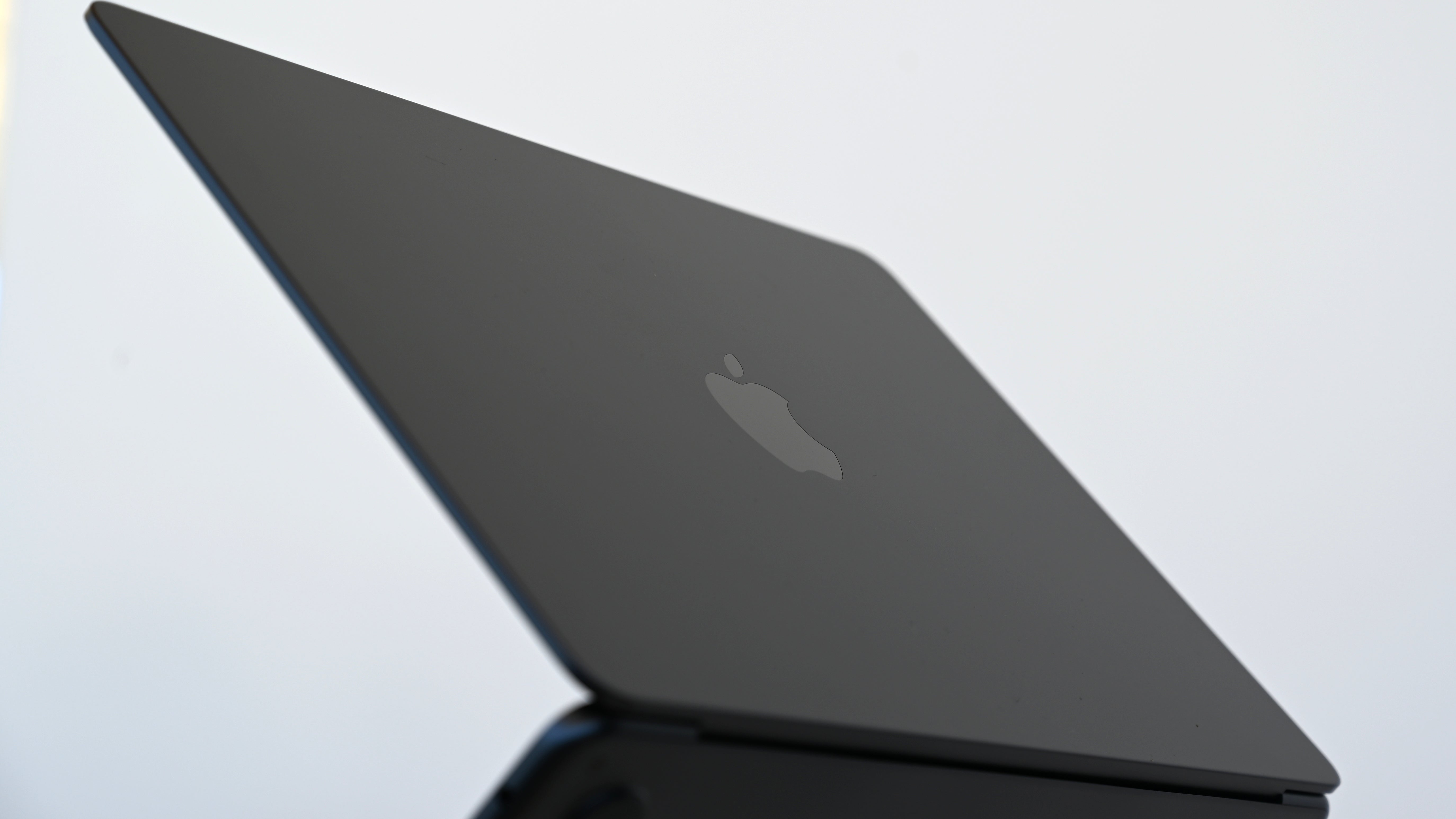
We got new MacBook Air colours! They just aren’t that exciting. My disappointment partially stems from rumours that the new Air would be available in a wider range of colours, similar to the iMac. But even if I suspend that dream, the Starlight and Midnight shades introduced at WWDC feel too conservative.
The one called Starlight is light gold and much more subtle than Microsoft’s dazzling Sandstone finish. I’ve seen this shade on plenty of other gadgets before. The other colour, called Midnight, is a dark blue tone that looks black under some lighting conditions. While many Apple fans will be happy to see an (almost) black Mac return, I was crossing my fingers for something less grayscale.
Don’t get me wrong, the two tones are certainly pleasant, and I’d even choose the darker one if I were speccing out an Air. However, these colours don’t stand out from those on competing laptops, like the Ice Blue Surface Laptop, pink Razer Blade Stealth, or Gaia Green Asus VivoBook. Of course, if you don’t like gaudy and prefer your gadgets to blend into the background, then Midnight and Starlight will fit the bill.
Where was tvOS?
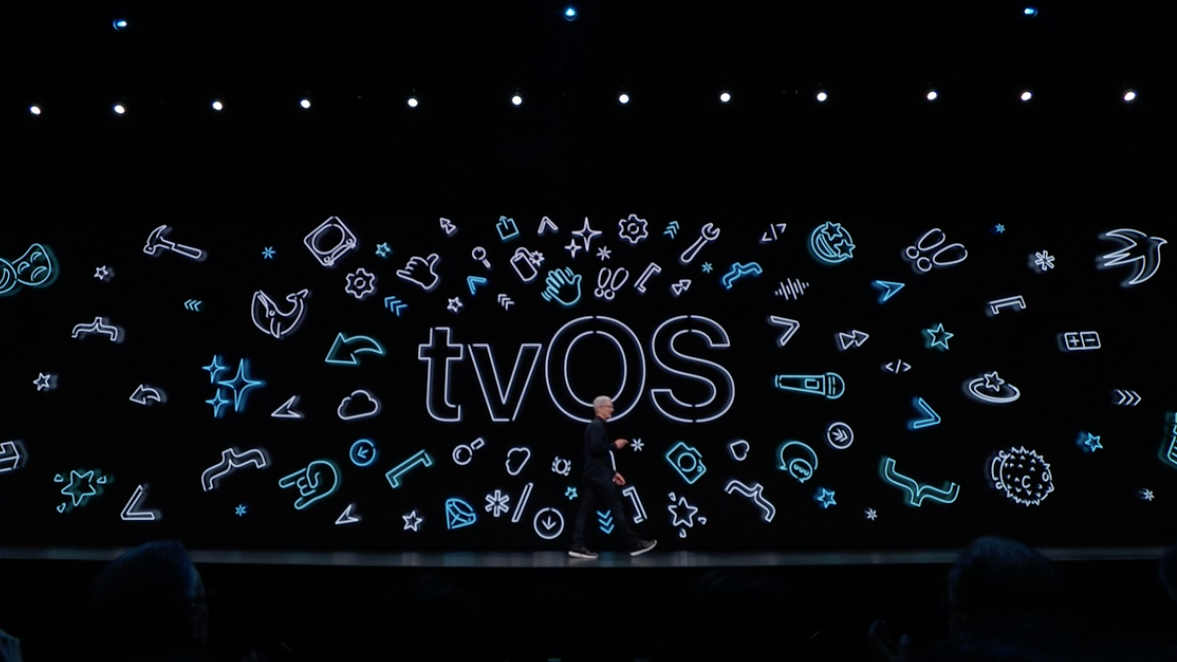
When Apple completely ignores tvOS at its biggest software event, you know it isn’t a priority. The software powering the Apple TV streaming device didn’t even get a cameo at Apple’s nearly 2-hour-long keynote. Instead, we heard about every other platform, from iOS to macOS and iPadOS.
It was there, just hiding in the shadows. Apple indeed announced a new version for this fall and seeded the first beta to developers earlier in the week. When it arrives, tvOS 16 will bring improved cross-device connectivity, more game controller support, and Matter support.
MacBook Pro 13 gets no love
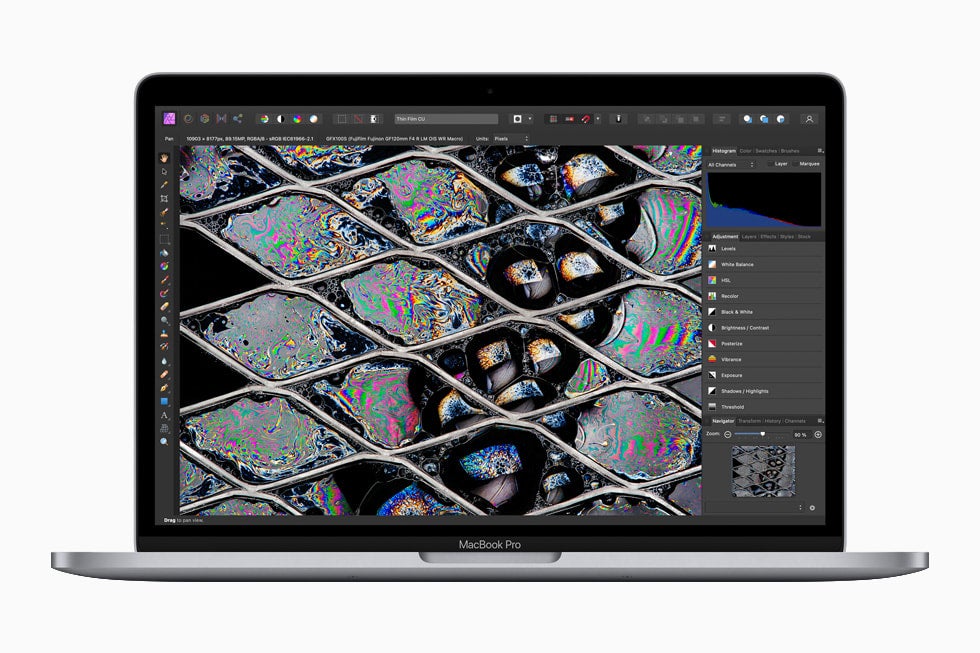
Apple also updated the MacBook Pro 13, and there is a reason this might be the first time you’re hearing about it. Apart from receiving the same M2 chip as in the MacBook Air, the entry-level “Pro” is unchanged from the previous model. That means it has a smaller display than the MacBook Air, it lacks MagSafe, the divisive-at-best Touch Bar is still alive, and the design lacks some of the modern elements (including the notch, for better or worse) now found on the cheaper option.
It makes you wonder why anyone would buy the MacBook Pro 13 over the new MacBook Air. If there is a good answer, it consists of one word: fans. Without fans, the new MacBook Air will supposedly throttle under a sustained, heavy workload whereas the MacBook Pro 13 won’t drop performance. Even if that’s the case, the MacBook Pro 13 needs some love.
Apple makes no sound on HomePod
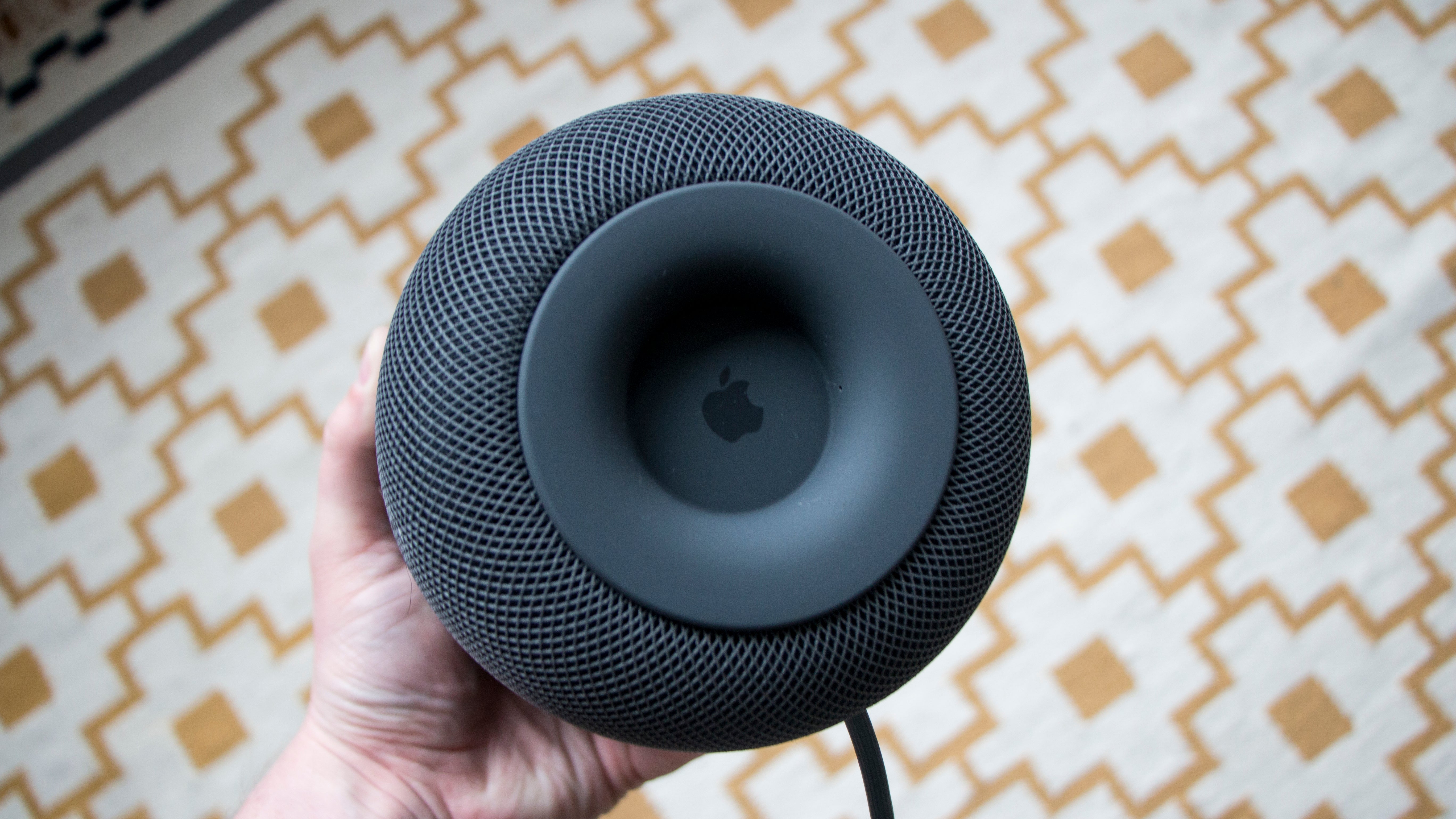
We weren’t expecting the HomePod 2 at WWDC despite some rumours circulating before the event. Reliable analyst Ming-Chi Kuo predicts Apple will launch the second-gen version at the end of the year or at the beginning of 2023. Still, Apple discontinued the original model over a year ago and hasn’t filled the gap, leaving the HomePod mini to battle it out alone against Google Nest Audio and Amazon Echo.
M2 chip external display support
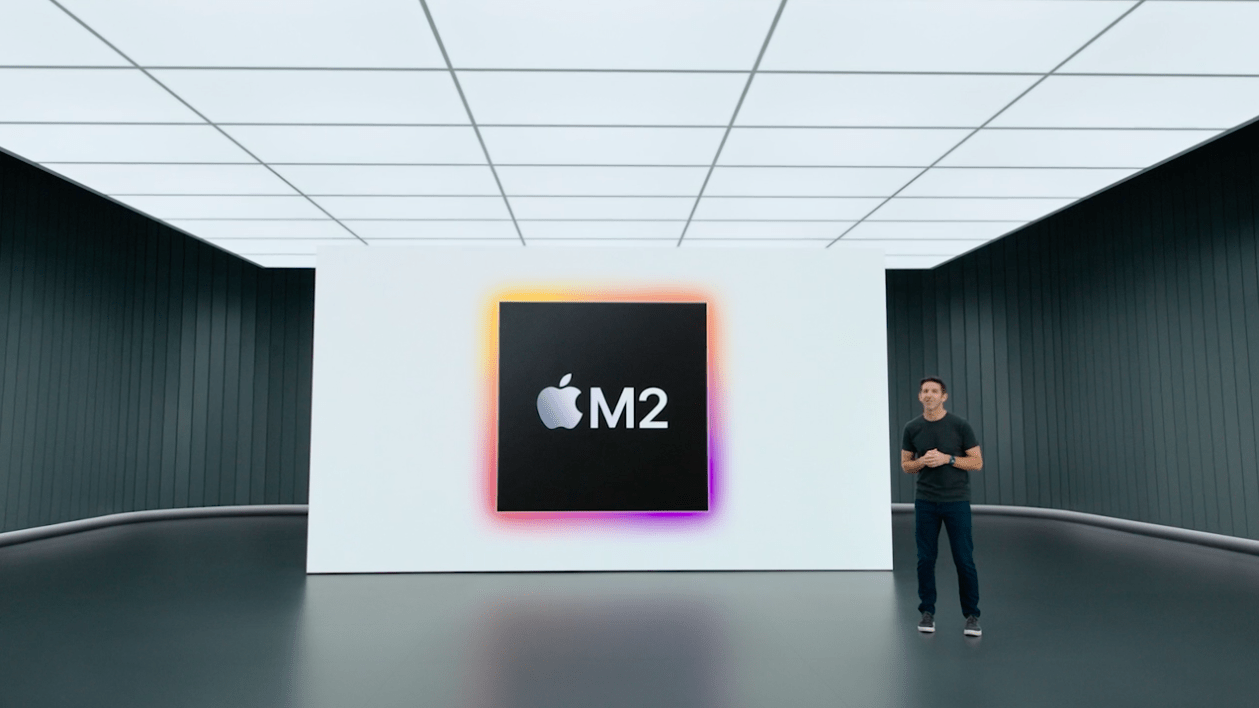
Damn, Apple almost got it right. Of the few complaints we had about Apple’s blisteringly fast M1 chip, support for only one external display was near the top. Sadly, the limitation was adopted by the new M2 chip, which powers the MacBook Air and MacBook Pro 13. Yes, both systems only support a single external display with up to 6K resolution at 60Hz. It’s a real shame because Apple resolved the other major shortcoming of the M1 by raising its memory capacity to 24GB from 16GB (note: competing PCs get up to 32GB of RAM).
macOS 13 Ventura banishes Intel
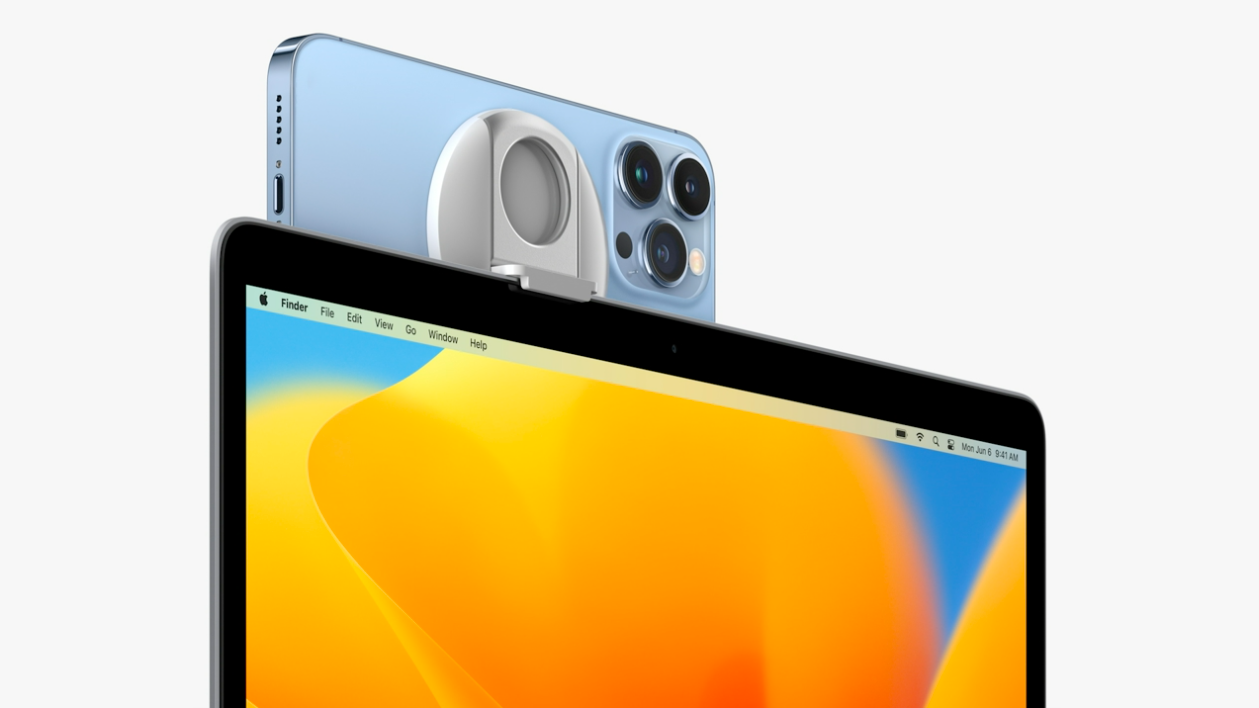
macOS 13 Ventura, the upcoming version of Apple’s desktop operating system, is leaving more Intel Mac owners behind than anticipated. We know Apple wants to quickly transition everyone away from Intel and onto its custom ARM-based processors, and now it’s expediting that process by limiting support for macOS Ventura. Where macOS Monterey supported a swath of Intel Macs, Ventura will only be only available on the following devices:
- 2017 iMac and later
- 2017 iMac Pro and later
- 2018 MacBook Air and later
- 2017 MacBook Pro and later
- 2019 Mac Pro and later
- 2018 Mac mini and later
- 2017 MacBook and later
- 2022 Mac Studio
That means all pre-2017 Macs, including the Mac Pro (the trash can), lose out. The good news is that there aren’t as many restrictions in macOS Ventura for Intel users as there were with macOS Monterey. At least, not for the few Intel users who can even run this version.
